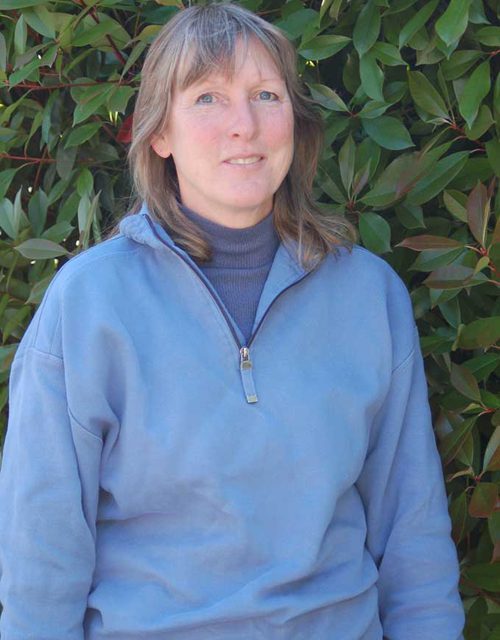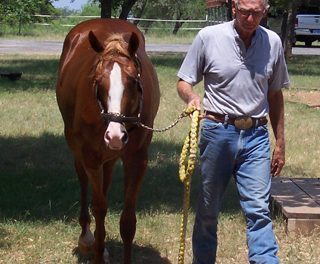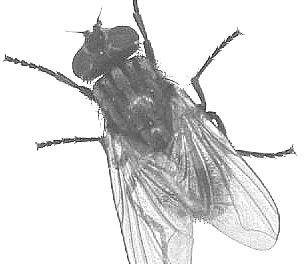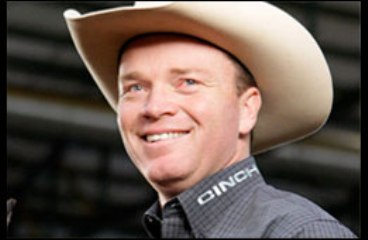The economic uncertainty of the world has created tough times for many horse owners. Hay prices sky-rocketed in 2008, along with fuel costs to the point where every trip to the feed store seemed to cost more than the last. Practically every aspect of horse ownership has gone up in price.
Horse owners have become creative at keeping costs down, while still enjoying their horses. Many of these cost saving solutions are simple, such as buying feed and supplies in bulk, repairing tack instead of purchasing new, and generally cutting back on non-essential expenses.
One area where horse owners can consider saving money is in the cost of hoofcare. The cost of a hoof trim is about half the cost of a basic set of shoes, depending on where you live. It may not seem like a lot for one horse, but families with several horses can have a hefty bill with each farrier visit.
A shod horse needs to be re-shod at regular intervals, usually every six to seven weeks. Many owners are tempted to save a few dollars by stretching it out a little further. This causes strain to tendons and ligaments as the hoof becomes increasingly unbalanced. Loose or lost shoes can be a hazard, as well as an inconvenience to the owner. On the other hand, a well cared for barefoot horse should have healthier feet and be less likely to injure itself or other horses in pasture or turnout situations.
Many horses are only ridden occasionally, or in arenas with soft footing. They may not need shoes at all, just good trims on a regular basis. In the past few years many articles have been written about natural hoof care in mainstream horse publications, and as a result many owners are taking a second look at pulling the shoes and giving bare feet a try, even if it’s only during the winter months.
Can it really work?
In 2004 Officer Greg Sokolowski of the Houston Mounted Police Unit received permission to try going barefoot with his chronically lame mount after conventional treatments for navicular disease had failed to return the horse to soundness. With the shoes removed and good trimming the horse was able to return to work. Based on that success the unit decided to transition more of its horses out of shoes. Currently, the Houston Mounted Police Unit maintains approximately 29 of their 37 horses barefoot. According to Sokolowski, the city is saving an estimated $50,000 annually by not shoeing their horses.
A quote from the website http://www.houstontx.gov/police/mounted/horses.htm states “Many of the horses at Houston Mounted Patrol are now unshod (barefoot). The BareFoot Program initiated by the Unit has been a great success.”
Expectations after shoes
There’s a lot more to going barefoot than just pulling the shoes. You need a knowledgeable hoof care provider to guide you and get your horse off to a good start. Your regular farrier may be all that you need. The trimming method is a little different than what is done to prepare a hoof for shoes. If your farrier sounds reluctant or negative to the idea, ask around for a referral to a good natural hoof care provider. Avoid any major changes — just let your horse get used to his feet touching the ground again. Most horses do fine when the shoes are removed, others may be tender footed for a while.
If the horse is to be ridden on trails you need to invest in a pair of hoof boots. Unless the horse has some sort of pathology, there is no reason why you cannot ride your horse the day the shoes come off, provided that you use well fitted hoof boots. In fact, the more movement the horse gets, the faster its feet will adjust. Just use some common sense and listen to the advice of your hoof care provider.
There are many different kinds of hoof boots to choose from, but for horses transitioning out of shoes a good boot is the Easy Care Epic with Comfort Pad inserts. Easy Care has also just released a new boot called the Glove, which has no cables or buckles. It is probably one of the simplest boots to use. Renegade hoof boots are also very popular. A pair of boots should last at least one year, possibly longer depending on where you ride. Over time, you might find that your horse doesn’t need the boots except for very rocky trails.
Want to try going barefoot?
Do some reading and research. A great source of information is Pete Ramey’s website www.hoofrehab.com . Pete has lectured all over the world and authored an excellent book titled “Making Natural Hoof Care Work for You.” His “Under the Horse” DVD set has been approved by the American Association of Veterinary State Boards (AAVSB RACE) for 20 hours CE Credit for vets and vet techs.
Owners who want to locate a qualified natural hoof care practitioner can visit the Pacific Hoof Care Practitioners website http://pacifichoofcare.org
A lifelong equestrian, Sally became interested in natural hoof care in 2001. In addition to a running a full time hoof trimming practice, she gives clinics and teaches horse owners how to maintain their horses’ hooves. She is a founding member of Pacific Hoof Care Practitioners. Visit her Web site at www.bare-hooftrim.com.





